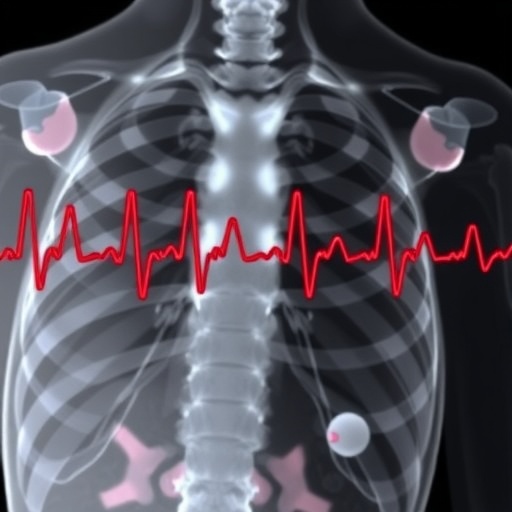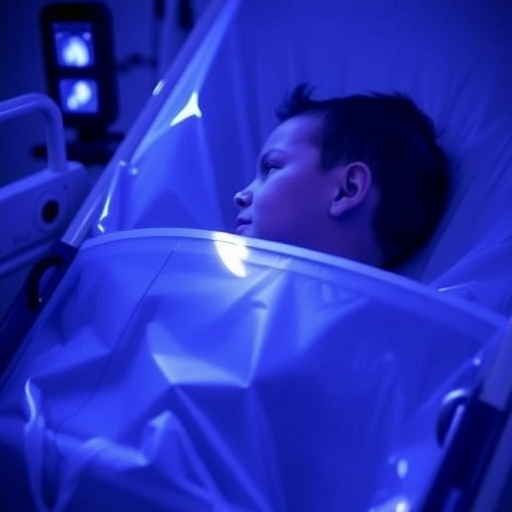RIVERSIDE, Calif. – It remains unclear to scientists why almost every RNA-binding protein has a sibling – or "paralog." While such sibling proteins have the same origins and are similar to each other in a number of ways, they are presumed to fulfill different functions in the cell.
Focusing on two such sibling RNA-binding proteins – PTBP1 and PTBP2 – that are important for the nervous system, a team of researchers has found that these proteins serve both redundant and unique functions in the developing brain when neural stem cells are changed into neurons – cells that process and transmit information through electrical and chemical signals.
"PTBP1 is expressed in neural stem cells, and PTBP2 in differentiating neurons," said Sika Zheng, an assistant professor of biomedical sciences in the School of Medicine at the University of California, Riverside, who led the research project. "Their expressions are almost mutually exclusive. During brain development, cells switch expression of PTBP1 to PTBP2. This contributes to the neuronal differentiating process, and can offer us insights into understanding what makes a neuron a neuron."
Study results appear Dec. 6 in Cell Reports.
The research, done using multiple mouse models, has implications for fine-tuning stem cell therapeutic strategies for neurologic disorders such as stroke, ALS, and Parkinson's disease.
Zheng explained that in humans it normally takes months to differentiate a stem cell into a neuron.
"Understanding at the molecular level how these proteins work and how neurons acquire their building blocks can help us speed up the differentiation process and make it more efficient," he said.
He explained that PTBP1 and PTBP2 could be visualized as siblings who are both born musicians, except that PTBP1 is a master of classical music, while PTBP2 masters contemporary music.
"One can imagine that both like music and sometimes perform a piece in the same way," Zheng said. "But at other times they interpret and play the music differently, for example, with different styles and instruments, giving the same score different meanings and emotions. In this analogy, the musical scores are primitive genetic messages or premature RNA in a cell."
Premature RNA is an unprocessed RNA molecule that is "copied" from a DNA template in the cell nucleus. Premature RNA undergoes extensive modification via the aid of RNA binding proteins to produce the mature RNA genetic message. Depending on how the modification is conducted, the same premature RNA can be processed differently to create variants of the final RNA product. The compositions of all mature RNA within a cell collectively determine the cell identity.
"Using the same analogy, the performance is the final product or mature RNA," Zheng continued. "Neural stem cells and neurons have somewhat different collections of RNA thanks to the activity of PTBP1 and PTBP2."
###
Zheng was joined in the research by John K. Vuong, a graduate student, and Min Zhang, a postdoctoral scholar, who work in his lab; Chia-Ho Lin and Douglas Black at UCLA; and Liang Chen at the University of Southern California.
The research was supported by grants from the National Institutes of Health.
The University of California, Riverside (http://www.ucr.edu) is a doctoral research university, a living laboratory for groundbreaking exploration of issues critical to Inland Southern California, the state and communities around the world. Reflecting California's diverse culture, UCR's enrollment is now nearly 23,000 students. The campus opened a medical school in 2013 and has reached the heart of the Coachella Valley by way of the UCR Palm Desert Center. The campus has an annual statewide economic impact of more than $1 billion. A broadcast studio with fiber cable to the AT&T Hollywood hub is available for live or taped interviews. UCR also has ISDN for radio interviews. To learn more, call (951) UCR-NEWS.
Media Contact
Iqbal Pittalwala
[email protected]
951-827-6050
@UCRiverside
http://www.ucr.edu
############
Story Source: Materials provided by Scienmag




